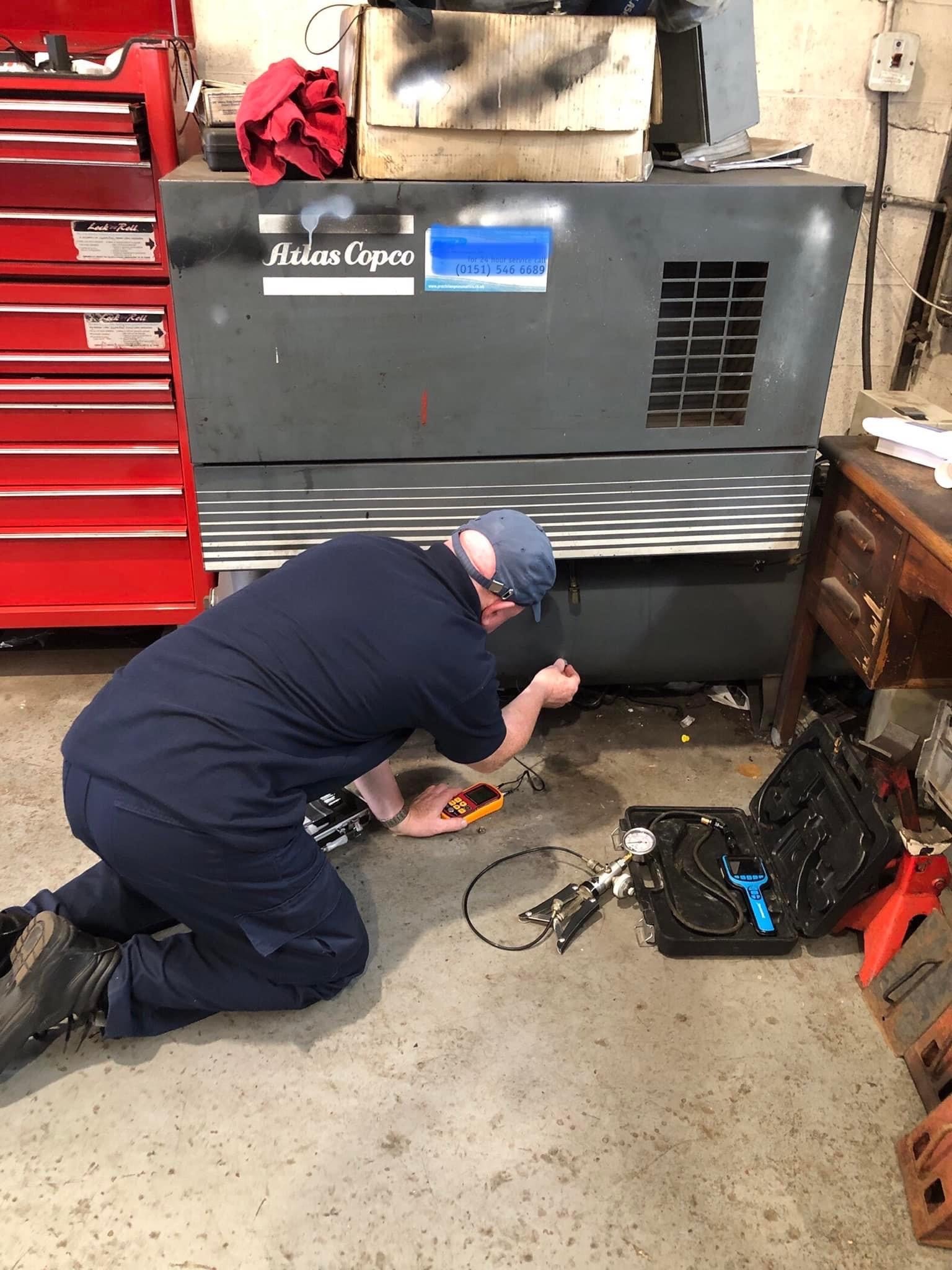Pressure Systems Safety Regulations 2000
Due to demand, we have now introduced PSSR 2000 thorough examinations to our engineering inspection services.
If you own or use an air receiver / pressure vessel with a capacity of 250 bar / litres or larger then it will fall under the Pressure Systems Safety Regulations 2000.
It is a legal requirement to ensure that your pressure vessel remains in a safe and suitable condition for further service.
To ascertain if your compressed air plant falls within the PSSR 2000 then multiply the volume / capacity of the vessel by the Safe Working Pressure (SWP).
This information will be on the manufacture’s data plate.
Eg: 50 litres (V) x 11 bar (SWP) = 550 bar / litres.
Vessels under 250 bar / litres should be inspected & maintained in accordance with PUWER 1998 and of course also in line with the manufacturer’s specifications.
What we do
A thorough examination on your pressure vessel entails the following:
1) An external and internal visual examination.
The internal examination is carried out using an Endoscope, checking for excess corrosion / wastage and sludge deposits in which the latter can cause maintenance issues.
2) Shell thickness readings taken with a Digital Ultrasonic Thickness Reading Meter. This information assists us with ascertaining the overall condition of your air receiver / pressure vessel with regards to internal corrosion and wastage.
3) We will remove the safety valve which is a critical safety component and then test on our calibrated test gauge & pump unit for its correct operating venting pressure.
4) We will also remove and test the accuracy of the pressure gauge.
5) Finally, we will issue a report of thorough examination which will advise on any issues and then sign & (update if necessary) your Written Scheme of Examination (WSE).

We can provide a basic single page WSE if required.
A Written Scheme of Examination is a document which provides the competent person with information on how to thoroughly examine a particular pressure vessel.
This document also depicts the examination frequencies.
Contact us for further information.

